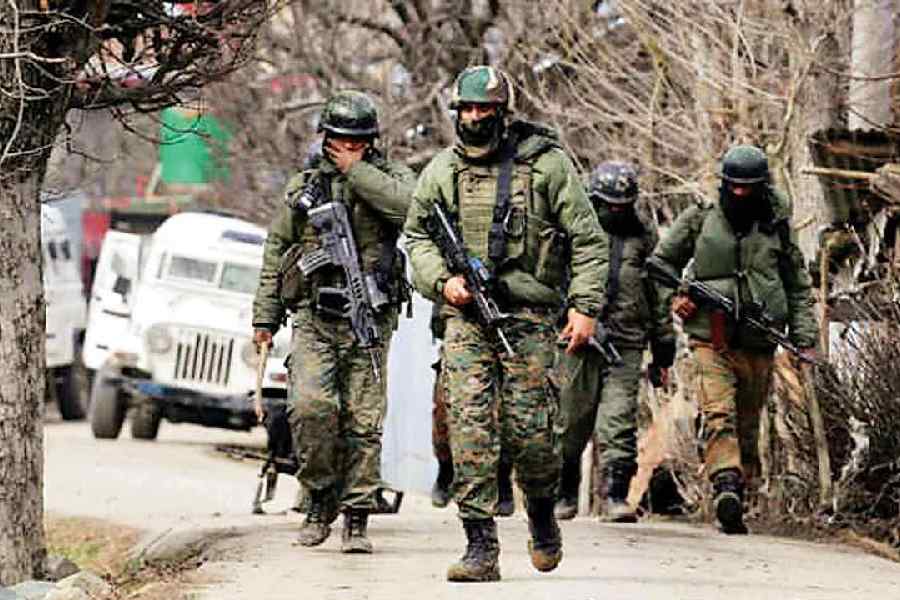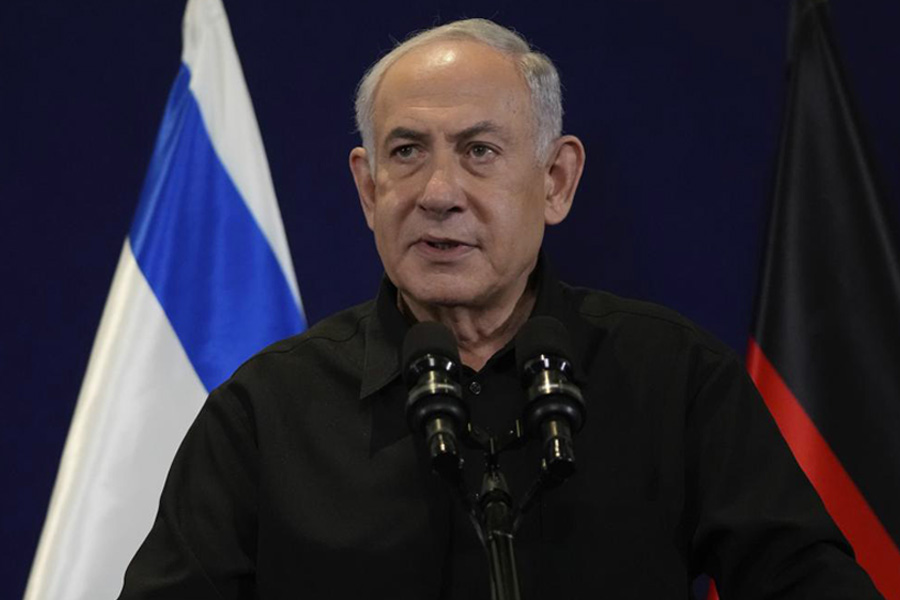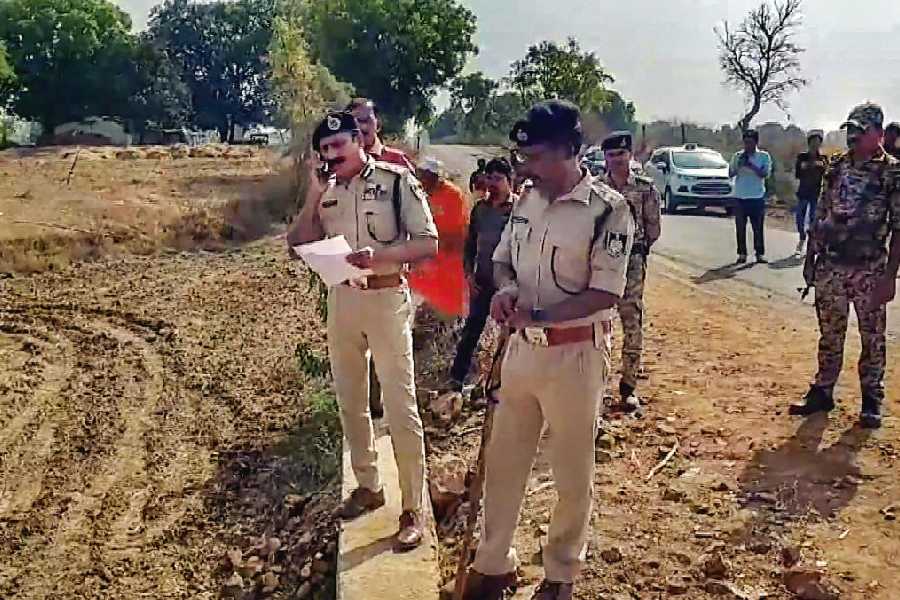The United States of America’s Special Inspector General for Afghanistan Reconstruction has recently issued an interim report on the swift collapse and “demise” of the Afghan National Defense and Security Forces in the wake of the Taliban advance last summer. That led to the former president, Mohammad Ashraf Ghani, hurriedly fleeing the country on August 15. The same day, flushed with military success, a triumphant Taliban entered Kabul to re-establish its Islamic Emirate almost two decades after it was ousted in December 2001 from Afghanistan by a US-led coalition. The ANDSF consisted of the Afghan National Army, air force and the police. The main responsibility of taking on the Taliban obviously rested with the ANA.
The Taliban’s success, America’s defeat in the ‘forever’ war, and the ignominious end of the Islamic Republic of Afghanistan constituted dramatic developments, certainly in our region if not globally. They are worthy of a comprehensive study of the multiple factors, which led to the Taliban’s return. The Sigar report, despite its narrow focus on the ANDSF, provides valuable insights into mainly strategic but also some political aspects of the US and the Afghan Republic’s failures. Sigar has good credentials to do so. It was established in 2008 by the Congress to provide “independent and objective” oversight on the vast sums spent by the US on Afghan reconstruction. Of these, $90 billion went to building and sustaining the ANDSF.
The report notes “… the single most important factor in the ANDSF’s collapse in August 2021 was the U.S. decision to withdraw military forces and contractors from Afghanistan through signing the U.S.-Taliban agreement in February 2020 under the Trump administration, followed by President Biden’s withdrawal announcement in April 2021.” It adds “The agreement set in motion a series of events crucial to understanding the ANDSF’s collapse.” These events were not confined to the military sector alone but extended to the Afghan Republic’s politics, society and economy.
The Sigar report focuses largely on the organisational, logistical, training and operational failures of the ANDSF, especially the ANA. The report notes that the ANDSF was “a force made in the image of the United States’ own military”. Clearly, the leaders of the US and the Afghan Republic ignored the fact that an impoverished and fragile polity could not sustain such a military without perpetual financial and technological support from outside. The foundations of such a force would, therefore, be inherently weak. Interestingly, neither took a lesson from the disintegration of the Afghan army and the polity after the Soviet Union’s fall in December 1991. That had ended Moscow’s capability to give material support to the then president, Mohammad Najibullah. The charismatic Afghan leader had managed to hold on for three years after the withdrawal of the Soviet forces from Afghanistan in February 1989 only because of continuing Soviet material assistance and his own persona which Ghani lacked. Also, unlike what the US did with the Afghan Republic, the Soviets did not force him to seek to share power with Pakistan and Afghanistan-based jihadi groups.
The Republic’s leaders should have learnt from the Najib experience to fashion the ANDSF not on a foreign model but in accordance with their own socio-political traditions and national capabilities. The creation of the ANDSF should have been part of their own independent efforts at nation-building by taking along diverse segments of Afghan society, including those inclined towards the Taliban. This independent thinking has been in keeping with the historic Afghan tradition, including in relation to the Afghan army.
Afghanistan’s renowned scholar of military affairs and the former interior minister, Ali Ahmad Jalali, notes in his A Military History of Afghanistan that “Amir Abdur Rahman is considered the actual founder of the modern army of Afghanistan”. Abdur Rehman Khan consolidated the Afghan State during his twenty-one-year reign (1880-1901). Jalali states “Instead of a traditional reliance on military contingents provided by tribal chiefs or the feudal levy system, the amir tried to create an army totally linked to the state”. But he and successive rulers could not completely end their reliance on tribal militias and got foreign help in training, equipment and even subsidies. However, during the monarchical period till 1973 and in the subsequent five-year period of President Daoud Khan, the Afghan State took independent decisions. This was so even when the military was cast on the Soviet model beginning with the mid-1950s. Afghanistan also received massive Soviet assistance in building its military infrastructure but did not allow the Soviets to unilaterally dictate the terms of engagement. It was only after the Soviet invasion in December 1979, which was to ensure the continuance of a communist government, that the then Afghan authorities lost a substantial degree of independent agency.
The US-Taliban agreement was premised on the withdrawal of US forces within a specific time-period. It also envisaged Taliban-Afghan Republic negotiations to put in place a power-sharing agreement. However, the Taliban did not seriously consider power-sharing; its focus was on US withdrawal. At the same time, the Afghan Republic’s elites thought that the US would not leave unless a power-sharing deal was achieved. As the report notes, “The Afghan government read the US-Taliban agreement as the conditions-based peace deal it purported to be, not the calendar-based withdrawal deal it had become.” As this realisation dawned on the elites and the ANDSF personnel, their morale sapped and with that almost all incentive evaporated to fight for a cause considered lost. Besides, Ghani and his coterie of advisors were simply incapable of rallying the Republic’s polity to combat a force supported by Pakistan and fired both by religious and ethnic zeal.
The Sigar report is a grave indictment of US approaches towards building the ANDSF. However, US failure on this issue has to be placed within the larger context of its failed policies at nation-building in Afghanistan. It is equally if not a greater condemnation of the inability of the Afghan Republic’s political elite to foster a sustainable polity, which could manage its security and development without relying on continuing foreign support; that was a difficult, but not an impossible, task. The fact is that nation-building has to be an organic process rooted in the social and political soil of a country. This does not imply a bias for the status-quo and a refusal to consider progressive ideas relating to rights and civil liberties. But conservative traditions have to be gradually moulded through genuinely indigenous and acceptable agents of social and political reform and not through foreign diktats and diasporas.
Certainly, a process of nation-building as undertaken by the US and its allies along with elements of the Afghan diaspora that had no credibility within Afghanistan was doomed to failure. This writer witnessed, in the early years of the Afghan Republic, that the ‘national’ agenda, including in the security sector, was being set by Western donors with little resistance from the Afghan elites. This ‘experiment’ alienated large sections of the Afghan people in the Pushtun heartland who were turning towards the Taliban. But the Republic’s leaders, especially the presidents, Hamid Karzai and Ghani, did nothing to stem this flow. The former behaved like a manipulative Popalzai tribal leader and the latter as a confused and fearful academic incapable of rallying a people in crisis.
Vivek Katju is a retired Indian Foreign Service officer










